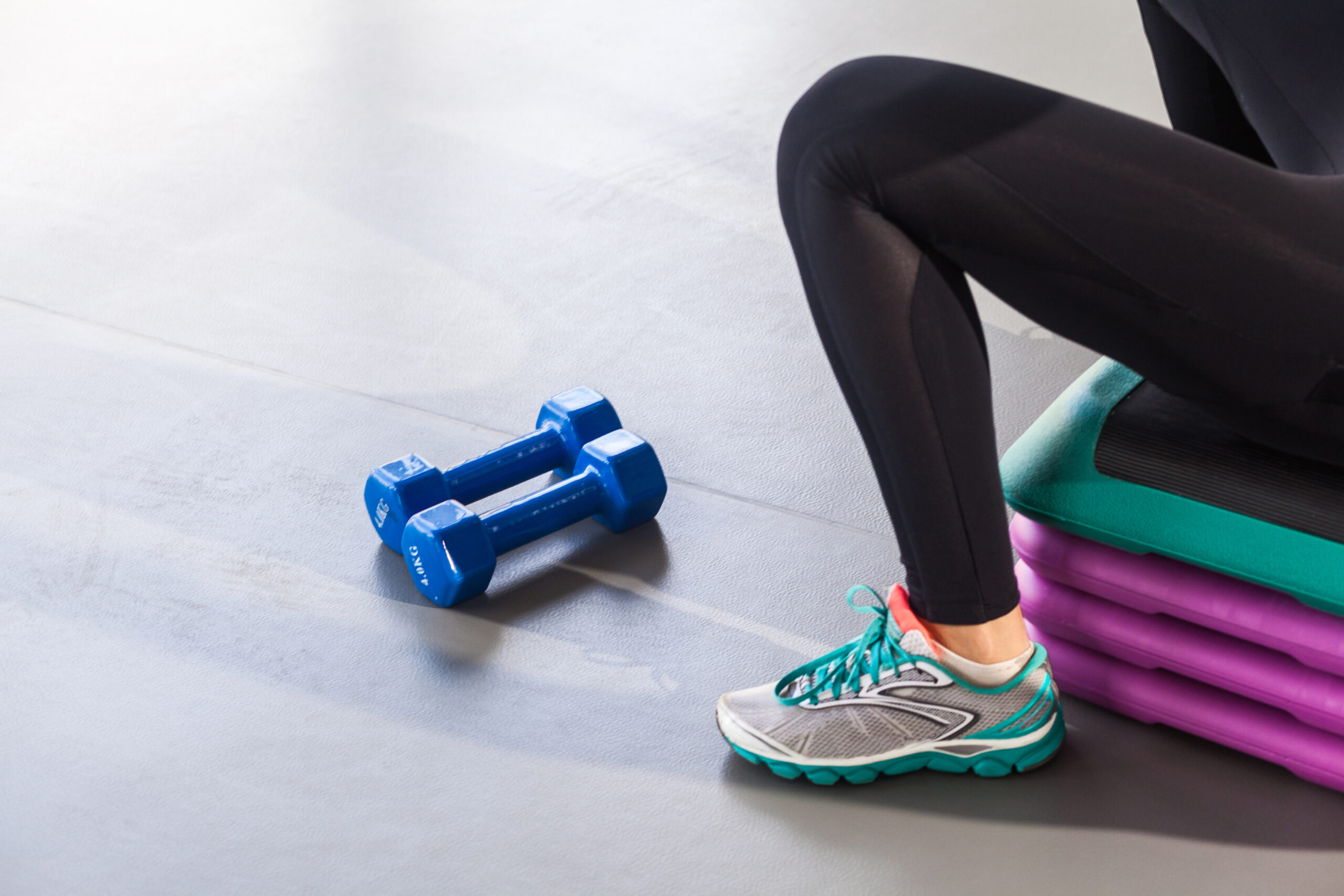
Installing vinyl flooring is an easy project that you can do by yourself. It’s a less expensive alternative to hardwood, making it ideal for do-it-yourself home improvement projects and it gives a realistic look and feel. This guide will tell you everything you need to know on how to install vinyl plank flooring in your home. However, make sure that you always follow the specific installation instructions that come with your product.

Vinyl is a versatile, durable flooring option. It feels great for the feet and creates a sleek look in any room. Additionally, vinyl flooring is stain-resistant, water-resistant and can reduce the amount of noise coming from upstairs. This makes it a popular choice among families with children or pets.
For the same reasons (economy and easy maintenance), people often choose to install vinyl plank flooring in bathrooms and basements. However, you can choose to install vinyl plank flooring in your kitchen or bedroom. It’s easy to apply over any rigid and leveled surface—including concrete, wood or another layer of vinyl.
Before installing vinyl plank flooring, you should determine which type of vinyl plank is best suited for your renovation project. Vinyl planks can be sorted into three main categories, based on their installation method: GripStrip, click lock and glue down.
Interlocking vinyl planks create a floating floor. However, unlike other types of floating floors that use adhesives to connect the pieces, these planks interlock with tongue-and-groove joints so they can easily be put together for a reliable fit.
GripStrip vinyl flooring comes with an adhesive layer that keeps the planks connected. This installation method is designed to create a floating floor. It involves covering the subfloor with GripStrip vinyl planks without adhering or fastening them in any way. Floating floors are a quick and easy way to install new flooring without necessarily having to remove the existing floor.
Glue down vinyl plank flooring adheres to the subfloor using either one of two types of adhesives: hard-set or pressure-sensitive. Hard-set adhesive is spread along the subfloor and then vinyl planks are laid down on top of it. Pressure-sensitive adhesive is pre-applied to the bottom of each plank, so when you press one into place, it sticks immediately. Although both types of vinyl adhesive are durable, the pressure-sensitive type allows you to replace individual planks more easily.
All three installation methods are easy to follow, require little time and can be used over any rigid and level subfloor. The method of renovation that you choose depends on your personal preferences and the type of room being renovated. When choosing between different kinds of vinyl plank flooring, keep in mind that GripStrip is often water-resistant while click lock can be entirely waterproof.
To install vinyl flooring, you will need a few relatively simple tools, including a knife to score the planks and snap them into place. Vinyl cutters are a good solution too. For more complicated cuts, a jigsaw or miter saw will work better than a vinyl cutter. Other tools you’ll need include a measuring tape, chalk or crayon and straightedge. A tapping block with rubber mallet may also be recommended by some manufacturers. If you are installing glue down vinyl planks, make sure you have vinyl floor adhesive and a notched trowel. If your room has a baseboard or moulding at the bottom of the wall, use a pry bar to temporarily remove it.
Pro Tip : It’s a good idea to use safety goggles, work gloves during the installation, and knee pads can also be helpful.

Before you begin the installation, measure and prepare the subfloor. Measure the dimensions of your room to determine how much vinyl plank flooring you will need. To ensure that you have enough flooring, buy 10% to 20% more than the measurements of your room. This will ensure that you will have enough planks to cover your entire floor and to have extra pieces left over for your future repairs or replacements.
Remove old carpeting and vinyl flooring. Make sure the subfloor is clean, rigid, leveled and crack-free before installing new Vinyl Flooring. If you are installing vinyl planks in a bathroom, removing the toilet temporarily may be necessary. If the subfloor is uneven, you can fix low spots with a self-leveling compound and sand down high ones.
Pro Tip : Never sand down old vinyl flooring, as it may contain asbestos. Instead, remove the pre-existing vinyl if it’s not level and install new flooring
Before installing the flooring, plan how you will lay it out—this gives you a head start on installation and ensures that the job goes smoothly.


Now that you’ve learned how to lay vinyl flooring, you can easily refresh your home’s floors and give them a new look and feel. And if you’re looking for tools to help with your project, consider rental. Alternatively, you can hire a contractor to do the work for you.